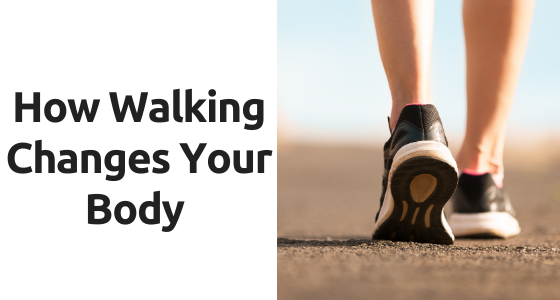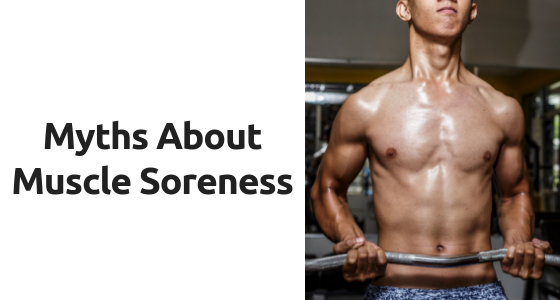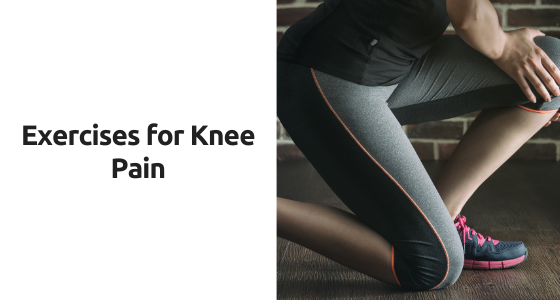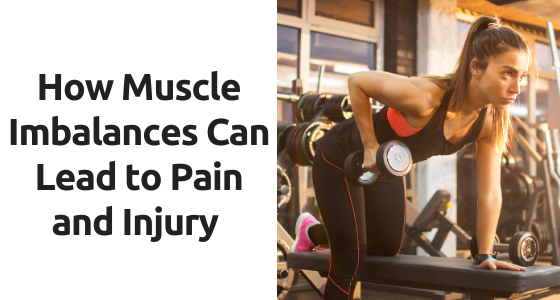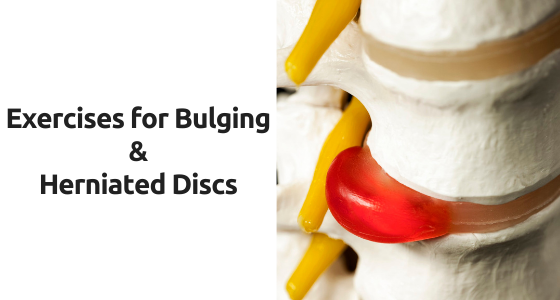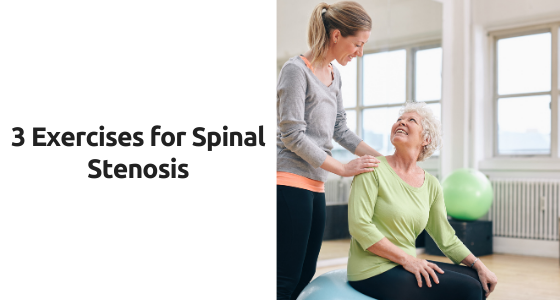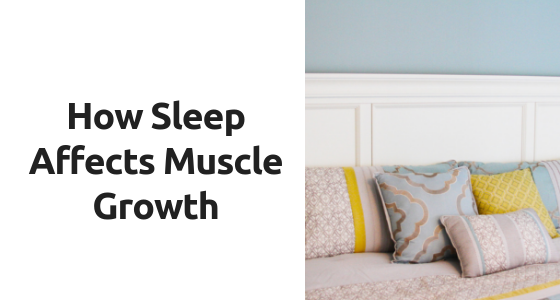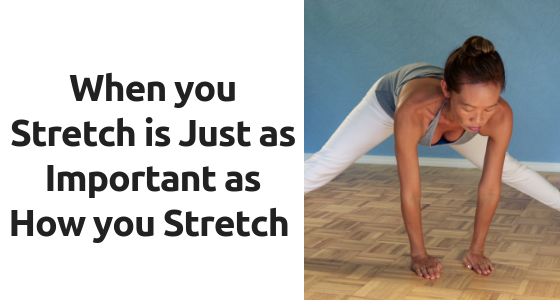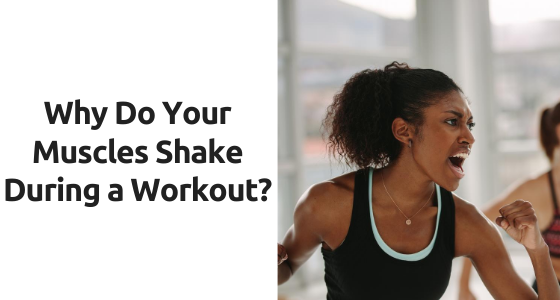How Walking Changes Your Body
You probably know that being active is important to maintaining your health. Most of the time when we talk about being active, we think about lifting weights, running, or taking some intense aerobics class. But did you know that walking can have a major impact on your health?
Myths about muscle soreness
If you’ve ever done any activity out of the ordinary, you know what it’s like to be sore after. If you’ve done squats, you know walking up and down steps is like torture the day after. Or have your arms shaking after an intense workout. Whether you’re still working toward that New Year’s resolution of getting into shape, or just pushing yourself a bit past your normal, it’s important to be aware that there are many misconceptions about muscle soreness.
How to Pick the Right Workout For You!
Workout; the word that so many of us dread. I wish that we all woke up one day and just had the inspiration to do it naturally like some, but many of us don’t. For me, my relationship with working out has been a love/hate relationship. I love how I feel afterwards, but I hate waking up early and getting motivated to do it. For me, I know that if I don’t do it first thing in the morning, I will not come back around to it, and by the end of the day I feel defeated that I didn’t get my workout in. Here I will give you a few tips on how to choose the perfect workout for you to help you be more motivated to work out.
Exercises for Knee Pain
Did you know that 18 million people each year see a doctor for knee pain? While there are a larger number of people who experience knee pain as they get older, there are quite a few causes that have nothing to do with age. Runner’s knee (which also affects those who participate in activities that require repetitive bending), Osgood-Schlatter disease (which is found in children & adolescents), chondromalacia patella (the softening and breakdown of the cartilage on the underside of the kneecap), and osteoarthritis are all common causes of knee pain. While in some situations, surgery is a necessity, there are certain exercises you can perform to help strengthen your knees as well as keep pain at bay.
How Muscle Imbalances Can Lead to pain and Injury
A muscle imbalance is simply when one muscle or muscle group is stronger than another. For example, your right arm may be stronger than your left, or your biceps are stronger than your triceps. It’s typically not much of a problem; we’re rather asymmetrical beings in general anyway, but muscle imbalances in some areas can play a role in creating problems within the body leading to injuries and pain.
Exercises for Bulging & Herniated Discs
Bulging and herniated discs tend to happen as a completely normal part of aging. While some can be caused by poor posture and movement patterns or injury to the spine, most cases are just what happens as we get older. A bulging disc occurs when the entire disc “bulges” out of its normal space. A herniated disc is when the outer portion of the disc thins and allows part of the inner structure of the disc to push out of the normal disc space. These conditions don’t necessarily translate into a painful or even noticeable condition, but if it does, patients can experience pain, numbness, and tingling within the low back, hip, and down the leg as well as a loss of range of motion depending on the nerve(s) being compressed.
3 Exercises for Spinal Stenosis
If you’re not familiar with it, spinal stenosis is a narrowing of the spinal canal – the space that contains the spinal cord. This is most often caused by degenerative changes; some sort of normal shift or loss that occurs over time, such as with herniated discs, arthritic changes, compression fractures, etc. This stenosis, or narrowing of that space, can put pressure on the nerves that travel through the spine. The two most common places for this to occur are in the neck (cervical stenosis) and the low back (lumbar stenosis). Most often, stenosis can begin with little to no sign that anything is wrong. Progression of symptoms happens over time as the stenosis worsens. The most common symptoms include numbness, tingling, and weakness of the limbs and in some severe cases, organ function may be affected as well.
How Sleep Affects Muscle Growth
It seems no matter the time of year, we’re all bombarded with tips on eating right and working out; advice on everything from what you need to eat to lose weight, how many times a day you need to eat, the perfect time to work out, or what exercises you need to do to gain muscle. But one thing you will rarely hear about is how important sleep is to almost every aspect of your health. Sleep is vital for physical and mental recovery, but did you know it also plays a major role in your muscle growth? Yes, one of the most important parts of gaining muscle has nothing to do with the gym or your diet. And remember, muscle growth isn’t just about bulking up, but rather building strong, healthy muscles, regardless of size.
When you stretch is just as important as how you stretch
Many fitness instructors still teach the importance of stretching extensively before and after any sort of exercise, and if you’re a member of a gym, you’ll undoubtedly see this being done often. But what if I told you that many of us have been stretching all wrong? While it’s hard to change old habits, this change is imperative if you want to get the most out of your workouts, and prevent injuries along the way.
Why do your muscles shake during a workout
At some point, you’ve probably been in the middle of an intense, or not so intense, workout when suddenly it feels like your legs or arms are about to give out and your muscles start to shake uncontrollably. Most people figure it’s due to their lack of strength or stamina. Have you ever wondered if there was more to it than that though? Here are a few reasons why your muscles shake when you’re working so hard.

